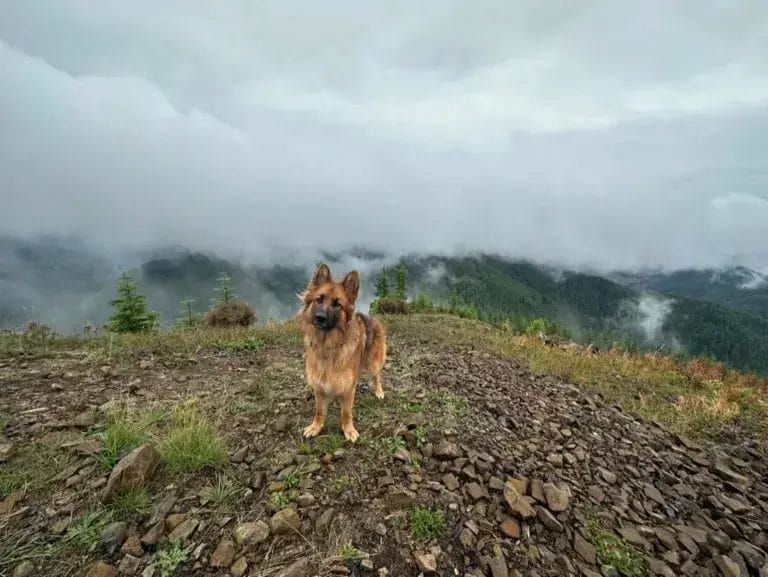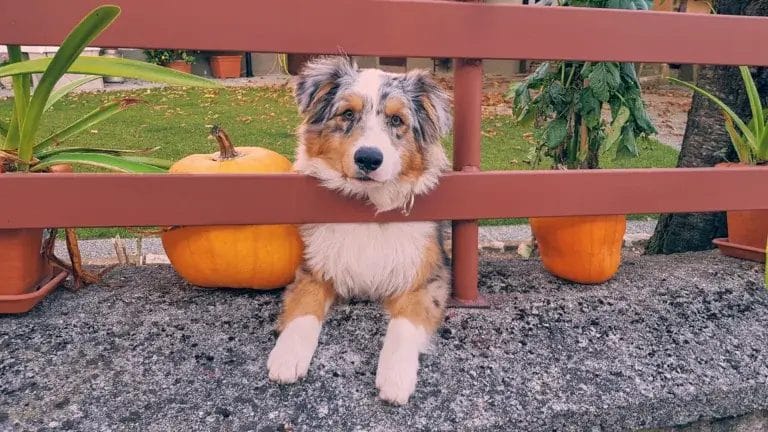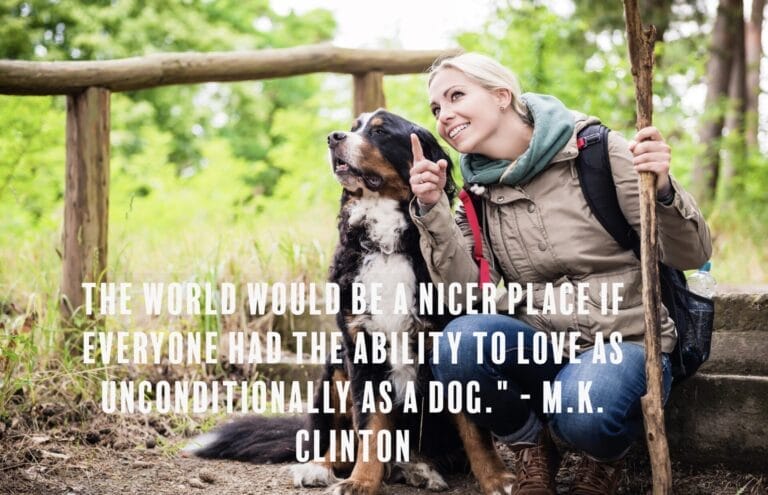Can Dogs Get Poison Ivy? Understanding Risks and Keeping Your Pup Safe!
When we think about our dogs, it’s usually all about belly rubs and goofy playtime. But have you ever stopped and wondered, can dogs get poison ivy?
It’s kind of a weird question, but if you’re into hiking or hanging outdoors with your pup, it’s worth thinking about.

So, let’s get right to it. Dogs actually can get poison ivy.
They’re not as likely as us to break out in a rash, but it’s not impossible. If they do, it can be pretty uncomfortable for them.
Our pups don’t usually get those gnarly rashes like we do, but if they eat it or roll around in a bunch of it, things can get unpleasant.
Key Takeaways
- Dogs can get poison ivy, but it’s less common than in people.
- Watch for rashes and discomfort; quick care makes a big difference.
- Prevention and fast action help keep our pups safe from poison ivy.
What Is Poison Ivy?
Alright, let’s talk poison ivy for a second. This infamous plant can cause a ton of itching and misery, not just for us but for our dogs, too.
Here’s what’s useful to know about spotting poison ivy and how it can mess with our pups.
Identifying Poison Ivy
Learning to recognize poison ivy is the first line of defense. The plant can show up as a shrub, a vine, or sometimes even a small tree.
The classic rule is “leaves of three, let it be.” Each cluster has three leaflets, but the edges can be smooth, jagged, or kind of wavy, so it’s not always obvious.
You’ll find poison ivy in forests, fields, and along trails. It’s all over North America.
Poison oak and poison sumac are trouble too, because they also have urushiol – the oily stuff that causes all the problems. So, whenever we’re out there, it’s smart to watch for anything that looks suspicious and give it a wide berth.
How Poison Ivy Affects Dogs
Now, about our dogs. Their fur actually helps protect them from poison ivy rashes, which is kind of lucky for them.
But dogs with short fur, or spots where the fur’s thin, can still get a rash. You might notice redness, itching, or even blisters.
If a dog eats poison ivy, they could start throwing up. Usually, a gentle bath helps with mild cases, but you’ve got to look out for anything more serious.
Sometimes, the vet might suggest a little Benadryl to help with the itch.
When we’re out exploring, it’s worth paying attention to the plants around us.

Signs Your Dog Has Encountered Poison Ivy
If your dog gets into poison ivy, you’ll want to watch for skin changes and shifts in their behavior. These clues help us figure out what’s going on and get our pups back to normal.
Visual Symptoms on the Skin
When dogs touch poison ivy, their skin usually gives us the first hint. Look out for red patches – this is super common.
Sometimes you’ll see bumps or blisters, and they might even ooze a little. Inflammation, like swelling or extra irritation, is another big sign.
It’s easier to spot on dogs with thin fur or hairless patches. Don’t forget to check spots where the fur’s sparse, since that’s where symptoms show up first.
If your dog’s scratching a lot, you might see scabs or raw spots. And if they’re licking or chewing at certain areas, it’s time to take a closer look.
Behavioral Changes in Dogs
Dogs have their own way of letting us know something’s wrong. If your pup is suddenly scratching nonstop, poison ivy could be the reason.
Chewing or licking one spot over and over is another clue. Sometimes, they’ll seem restless or just not themselves.
If your usually chill dog can’t settle, or seems less playful, it’s worth checking for a rash.
When you spot these changes, don’t wait. A soothing bath and distracting them with a favorite toy can help.
If things look bad or don’t get better, calling the vet is the way to go.
First Response to Poison Ivy Exposure
If our dogs brush against poison ivy, acting fast can make a huge difference. Here’s how to clean them up and help them feel better if they start itching.
Initial Cleaning and Care
First step: get those poison ivy oils off their fur. Throw on some gloves (trust me, you don’t want this stuff on your hands) and wash your dog with warm water and a gentle, dog-safe shampoo.
Oatmeal dog shampoo is extra soothing if you’ve got it. Scrub all over, especially between toes and under the collar.
Dry them off with a soft towel, and try not to spread the oil around. Wipe down their leash, collar, and anything else they touched with rubbing alcohol.
If you think your dog ate poison ivy, call your vet – better safe than sorry.
Controlling the Itch
For the itching, a cold compress on the rashy spots can help right away. You can try aloe vera, but make sure it’s 100% aloe vera gel and don’t allow your dog to ingest it.
An oatmeal bath can work wonders if your pup’s really uncomfortable. Sometimes, the vet might suggest a tiny bit of Benadryl, but always ask before giving any meds.
Distracting your dog with a walk or their favorite toy can also take their mind off the itch, at least for a bit.
Treating Poison Ivy in Dogs
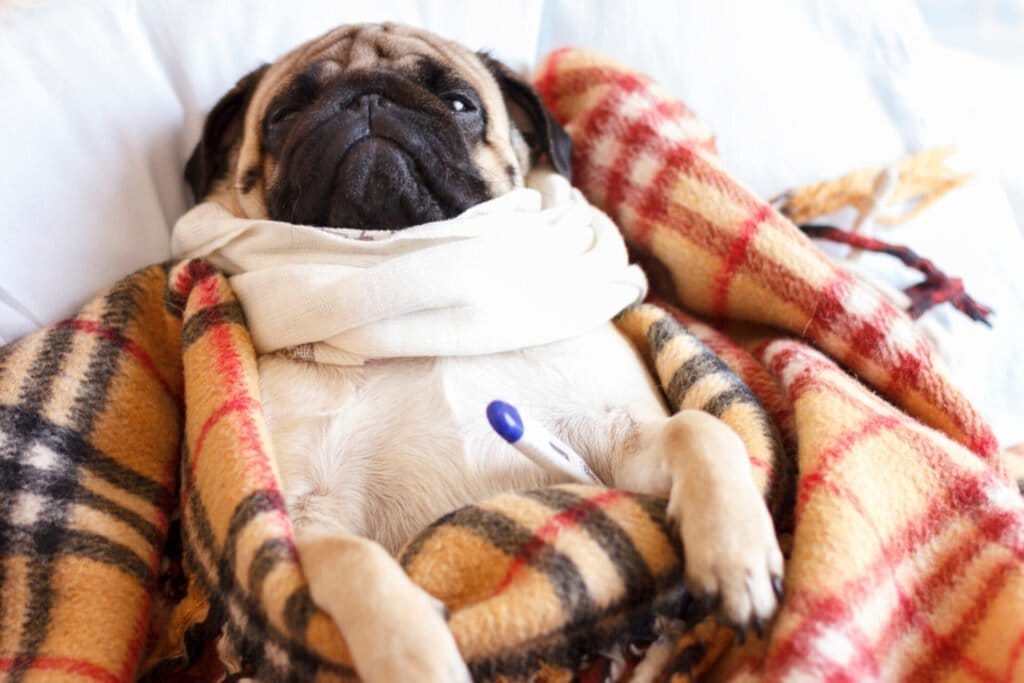
If your dog runs into poison ivy, knowing how to treat it is a big help. Let’s look at home remedies and when it’s time to call the vet.
Topical Treatments
Start with a gentle bath using warm water and mild dog shampoo. This helps get rid of any lingering oils and soothes their skin.
For itchy patches, 100% pure aloe vera can help – just make sure it’s dog-safe. If it’s really bad, your vet might suggest Benadryl for the itch, but always check the dose first.
If the rash looks rough, a topical antibiotic ointment could help keep infection away. Always double-check that any ointment is safe for dogs.
Some human products aren’t safe for pups, so when in doubt, ask your vet.
When to Seek Veterinary Care
If your dog has a severe allergic reaction, like trouble breathing, belly pain, or a nasty rash, get to the vet right away.
Serious reactions can be dangerous, and that’s not something to mess with.
If symptoms stick around, like vomiting or blisters, your dog might need antibiotics or other meds from the vet.
Staying on top of their symptoms and getting help quickly is the best way to keep your pup safe.
Preventing Poison Ivy Incidents

Keeping our dogs safe from poison ivy is all about smart habits and a little know-how. Let’s talk about what actually works when we’re out on dog-friendly adventures or just hanging out in the backyard.
Safe Outdoor Practices
Whenever we take our dogs for a walk, especially in the woods or wetlands, it pays to stay alert. If you know what poison ivy looks like, you’ll dodge a lot of headaches.
It’s got three shiny leaves and it can grow as a vine or a shrub. You’ll see it in wooded areas, sometimes even in parks or yards.
After a walk, give your dog’s fur a quick wipe-down with a towel, especially if they were sniffing around in brushy spots. Use gloves to keep yourself safe, too.
And honestly, keeping your dog on a leash in places you don’t know well is just smart. It makes it way easier to steer clear of trouble plants like poison ivy.
Educating Pet Parents
Let’s be honest – most of us don’t think much about poison ivy when it comes to our dogs. But even with all that fur, dogs can still get into trouble with it.
Sharing simple tips, like wiping paws and fur with pet-safe antibacterial wipes after a romp outside, can really help. It’s the kind of thing that slips your mind until you wish you’d done it.
We can help each other learn what poison ivy looks like so we not only protect our pups but our friends too. Swapping photos or using plant ID apps can make a big difference.
It’s just easier to avoid what you recognize, right?
Encourage your fellow dog parents to chat with their vets about poison ivy risks. Vets usually have great advice, and they might suggest treatments or antihistamines just in case.
A little prep makes outdoor time a lot less stressful.
Understanding Secondary Dangers
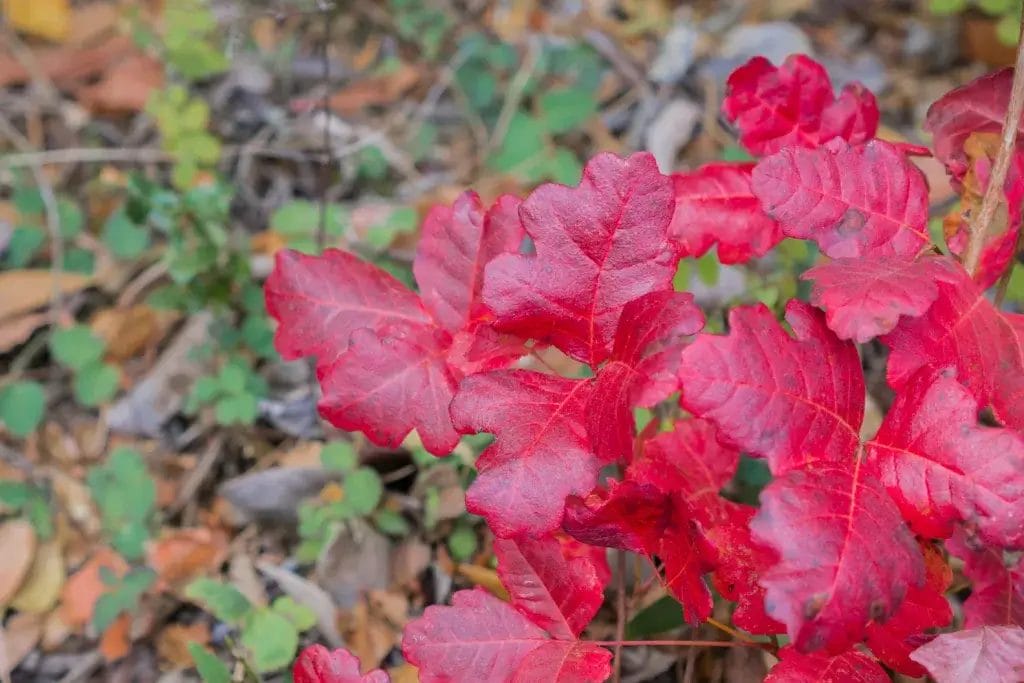
Dealing with poison ivy and dogs is often trickier than it seems. It’s not just the plant itself – secondary dangers like transfer and ingestion can sneak up on us.
Contact Transfer and Ingestion Risks
Dogs just can’t help themselves; they explore everything. When they brush against poison ivy, they pick up urushiol oil on their fur.
This oil can end up on your couch, your clothes, or even your own skin. It’s kind of wild how easily it spreads.
If your dog eats poison ivy, things get rougher. Vomiting and diarrhea are pretty common, and that’s a lot harder to deal with than a simple rash.
Urushiol oil inside their system can make them feel really sick. That’s when they need extra care and maybe a trip to the vet.
Keeping your home safe means cleaning up well after outdoor play. Give your dog a bath and toss any affected blankets or toys in the wash.
If your pup seems off, scratching a ton or having an upset stomach, it’s time to call the vet.
Dealing with Complications
Sometimes, poison ivy messes with dogs in ways we don’t expect. Severe allergic reactions, like anaphylaxis, can happen (though it’s rare).
If your dog has trouble breathing or starts swelling up, that’s an emergency. Don’t wait – get to the vet right away.
Scratching can lead to secondary infections too. Bacteria love irritated skin, so sometimes antibiotics are needed.
Watch for fever or signs of dehydration. Keep water handy and make sure your dog gets plenty of rest if they’re not feeling well.
If you see ongoing itching or skin that looks infected, reach out to your vet. Early help can stop little problems from turning into big ones.
Frequently Asked Questions

Poison ivy and dogs – what a combo, right? Here’s a quick run-through of what to watch for and how to help if your pup gets into something they shouldn’t.
How do you spot and treat poison ivy exposure in dogs?
Look for red, swollen, or itchy skin. If you see it, give your dog a bath with a gentle shampoo.
If things look rough, don’t hesitate to call your vet. Better safe than sorry.
What are the signs that my dog has come into contact with poison ivy?
Common signs are scratching, licking, or chewing at their skin. You might spot blisters or oozing scabs.
If they ate the plant, vomiting or diarrhea can show up too. Watch those paws and bellies, they’re more exposed than you’d think.
Is it possible for dogs to transfer poison ivy oils to humans?
Absolutely. That oil clings to fur and can end up on your skin without you realizing it.
If your dog’s been near poison ivy, wash your hands and their fur. It’s a simple step, but it can save you a lot of itching.
Can my furry buddy get a rash from poison ivy, and how would it look?
It’s rare, but dogs can get rashes from poison ivy. You’ll usually see redness and swelling on spots with less fur, like their belly or ears.
It might look a bit like a human rash, but thanks to all that fur, it’s not super common.
In what ways can I manage my dog’s poison ivy rash using at-home treatments?
A bath with oatmeal shampoo can soothe their skin. Try to keep them from licking or scratching, sometimes a cone is your best friend.
Over-the-counter hydrocortisone creams might help, but always double-check with your vet before using anything new.
Are there any special considerations for dogs with poison ivy on sensitive areas like the nose or paws?
If poison ivy shows up on sensitive spots like your dog’s nose or paws, you’ll want to go easy. Those areas hurt more and can get infected quickly.
Try rinsing gently with water, then pat dry, don’t scrub. If your pup still seems swollen or in pain after that, honestly, it’s time to call the vet.





